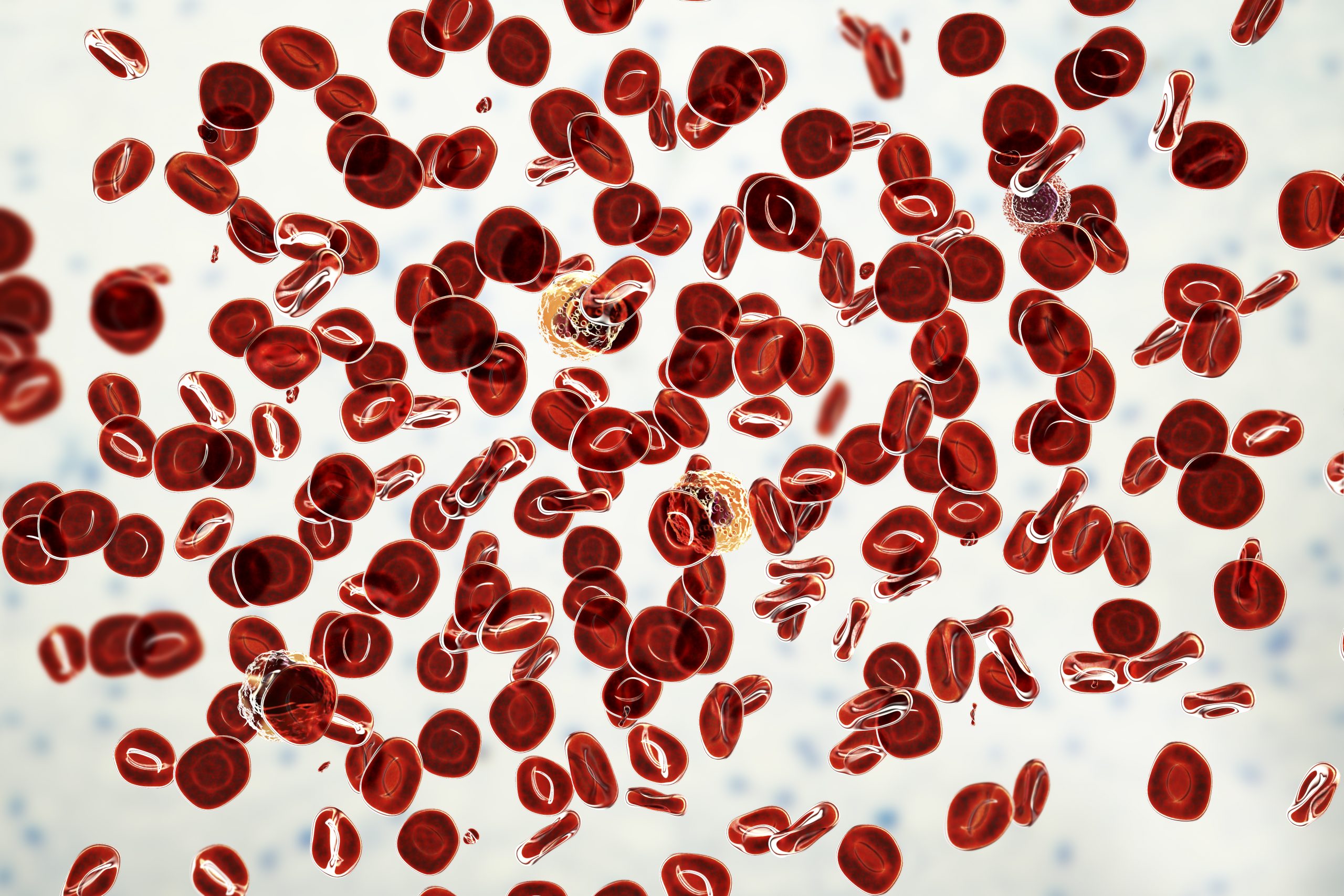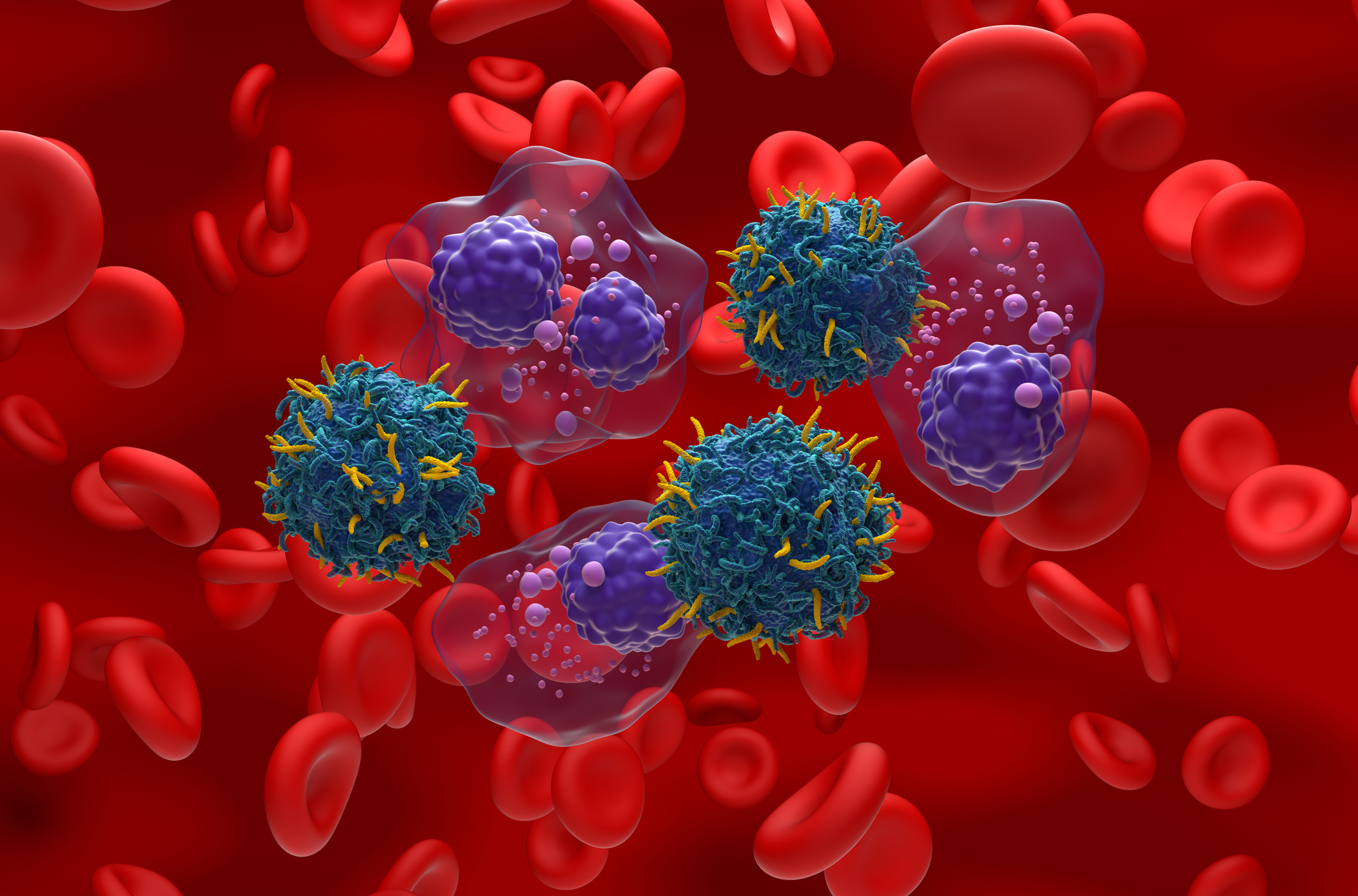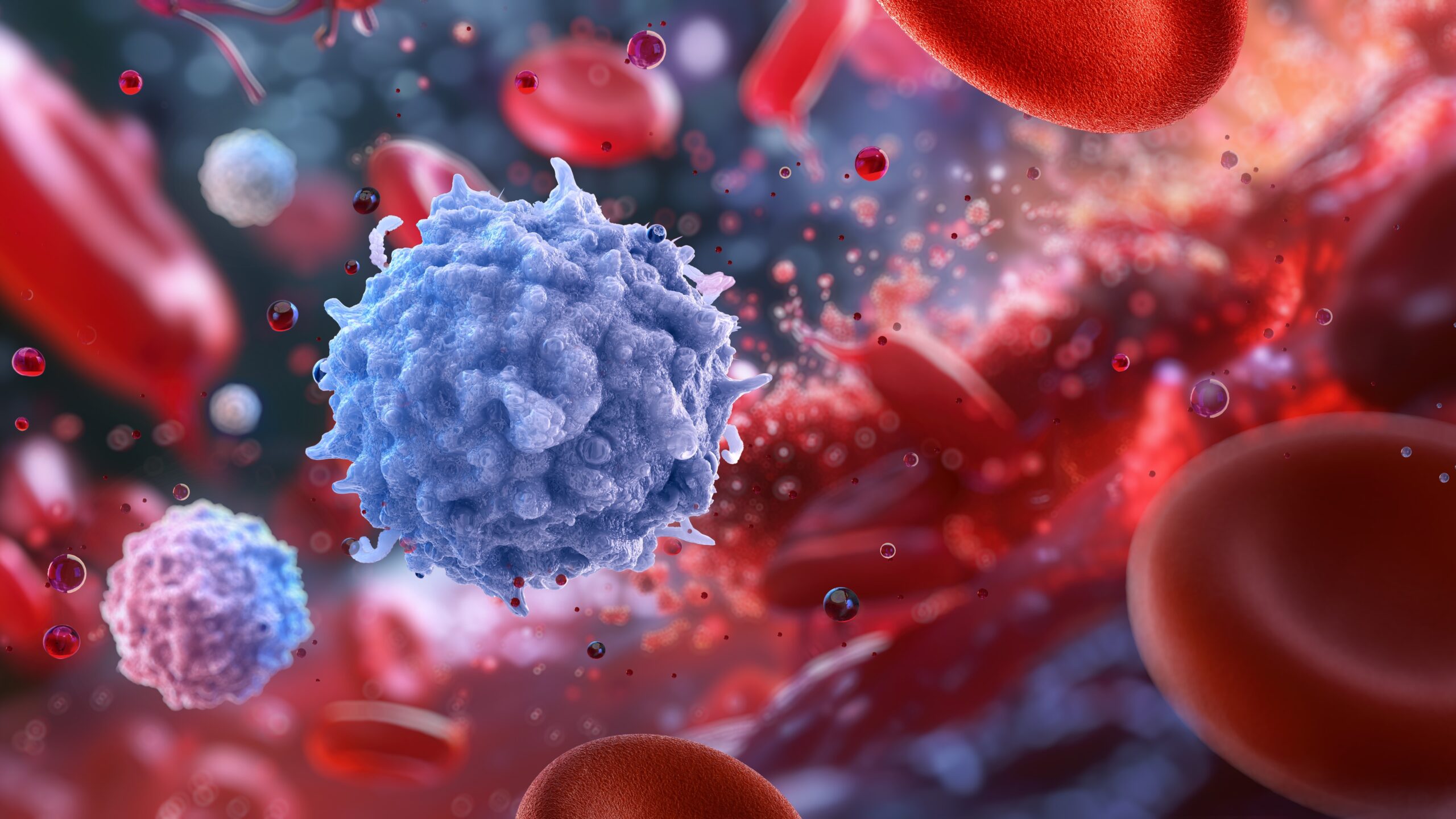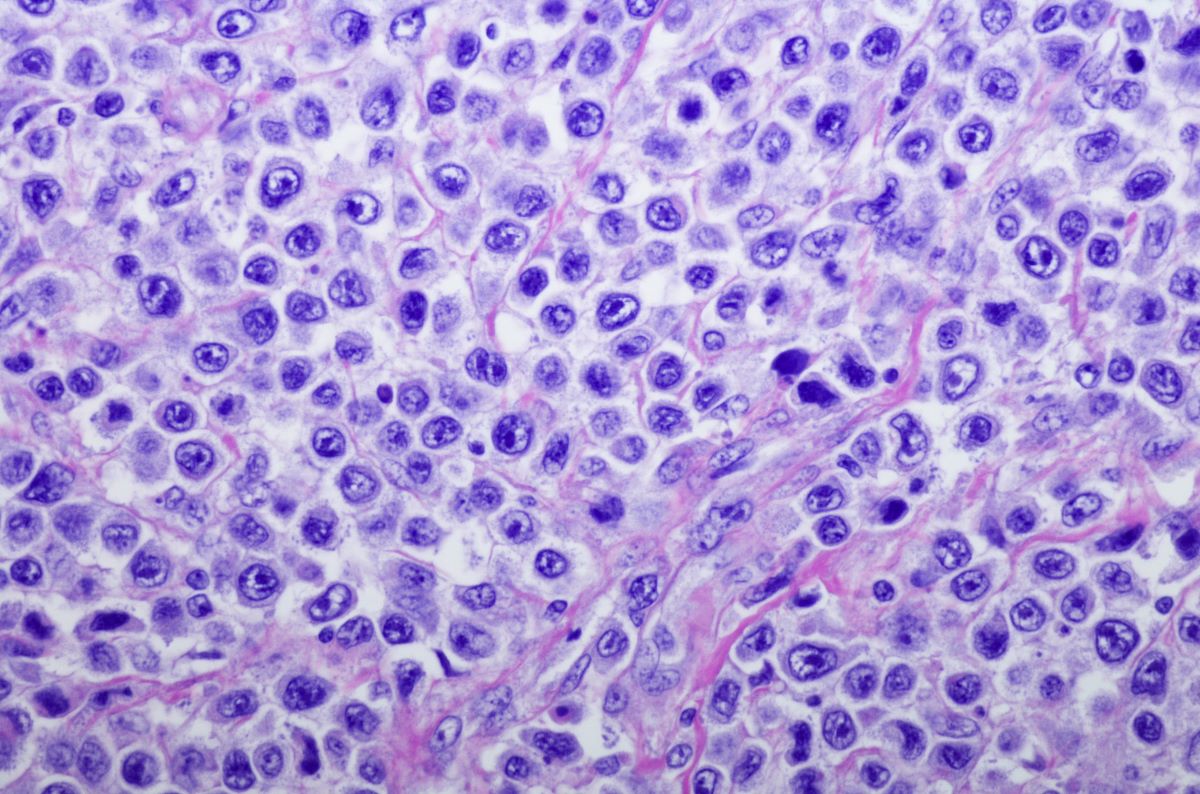
In an ongoing phase III trial, patients with advanced classical Hodgkin lymphoma were administered a combination of brentuximab vedotin, etoposide, cyclophosphamide, doxorubicin, dacarbazine, and dexamethasone (BrECADD), or escalated bleomycin, etoposide, doxorubicin, cyclophosphamide, vincristine, procarbazine, and prednisone (eBEACOPP) as first-line treatment.
A post-hoc analysis compared the two regimens by recipient manifestations of chemotherapy-induced peripheral neuropathy (CIPN) symptoms.
The researchers who conducted the analysis presented their findings at the 66th American Society of Hematology Annual Meeting & Exposition in San Diego, California. They wrote that CIPN-related symptoms occurred in both therapies, but “symptoms related to lower extremities generally occurred less frequently with BrECADD. Patients who experienced these sensory symptoms also tended to report poorer overall health.”
The open-label trial randomized 1,500 patients to receive BrECADD or eBEACOPP in four to six 21-day cycles. The patient-reported outcome (PRO) analysis set included 360 patients who received BrECADD and 372 who received eBEACOPP, with similar baseline characteristics between the two cohorts. PROs through three questionnaires were recorded at baseline, during the treatment period, and over a follow-up up to 60 months.
In both cohorts, the most experienced CIPN-related symptoms were tingling in the patients’ fingers, hands, toes, or feet, and numbness in fingers or toes, but lessened to a degree in the BrECADD cohort. Also in both cohorts, there was an increase during the treatment period in the proportion of patients reporting these symptoms, followed by a slight decrease over follow-up.
The percentage of patients in the BrECADD and eBEACOPP cohorts who reported tingling in fingers or hands during restaging after chemotherapy was 56% and 64%, at three-month follow-up was 54% and 45%, and at six months was 37% and 40%, respectively. Tingling in toes or feet was reported by 30% and 46% during restaging, 34% and 40% at three-months, and 28% and 33% at six months, respectively. The researchers also found numbness in fingers and toes exhibited a similar pattern between the cohorts.
From their collected Quality of Life questionnaire–Core 30 items, global health/quality of life scoring, the researchers saw CIPN-related sensory symptoms correlated with worse overall health.
At restaging, the mean score in patients with and without tinging in fingers or hands was 57.9 and 53.1, and in patients with and without tingling in toes or feet was 58.1 and 50.0, respectively.
The mean score in patients with and without numbness in fingers was 59.7 and 51.2, and in patients with and without numbness in toes was 58.0 and 48.9, respectively. The researchers noticed similar patterns in scoring results at other study time points.
Reference
Kristo F, Mazerolle F, Alin T, et al. Patient-reported chemotherapy-induced peripheral neuropathy (CIPN) in advanced-stage classical Hodgkin lymphoma treated with BrECADD and eBEACOPP in the HD21 trial. Abstract #1662. Presented at the 66th American Society of Hematology Annual Meeting and Exposition; December 7-10, 2024; San Diego, California.






 © 2025 Mashup Media, LLC, a Formedics Property. All Rights Reserved.
© 2025 Mashup Media, LLC, a Formedics Property. All Rights Reserved.